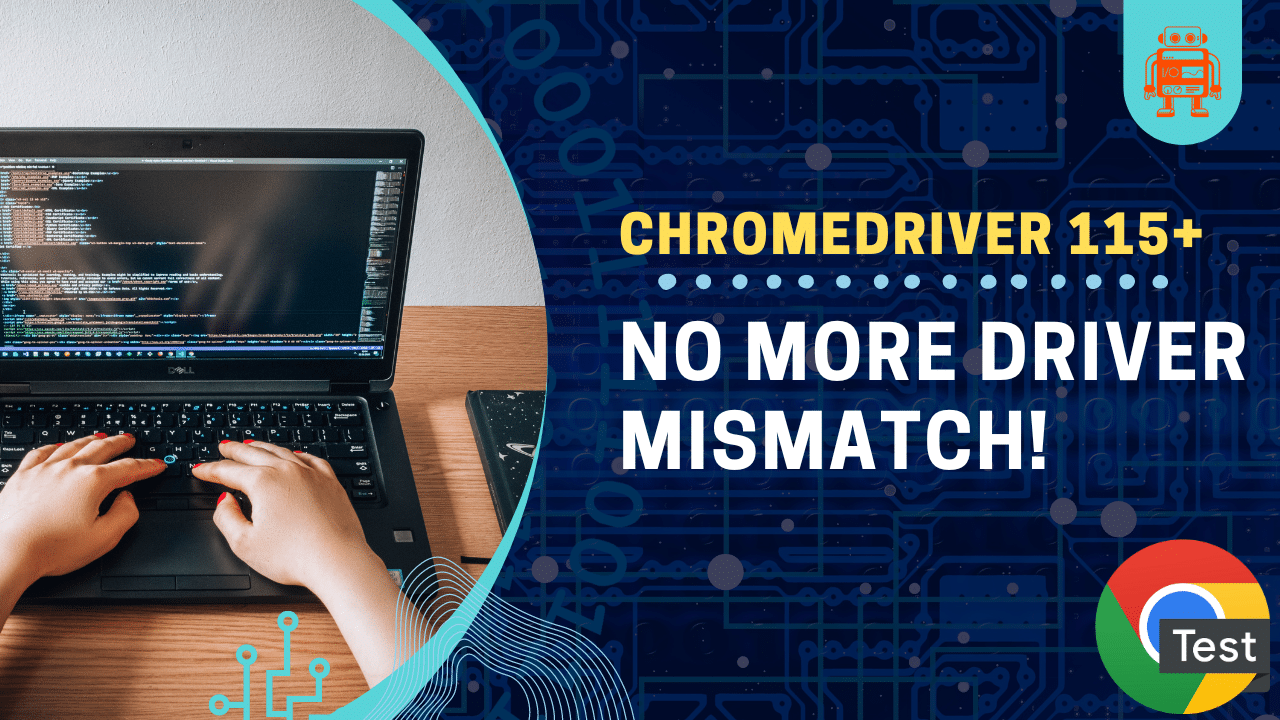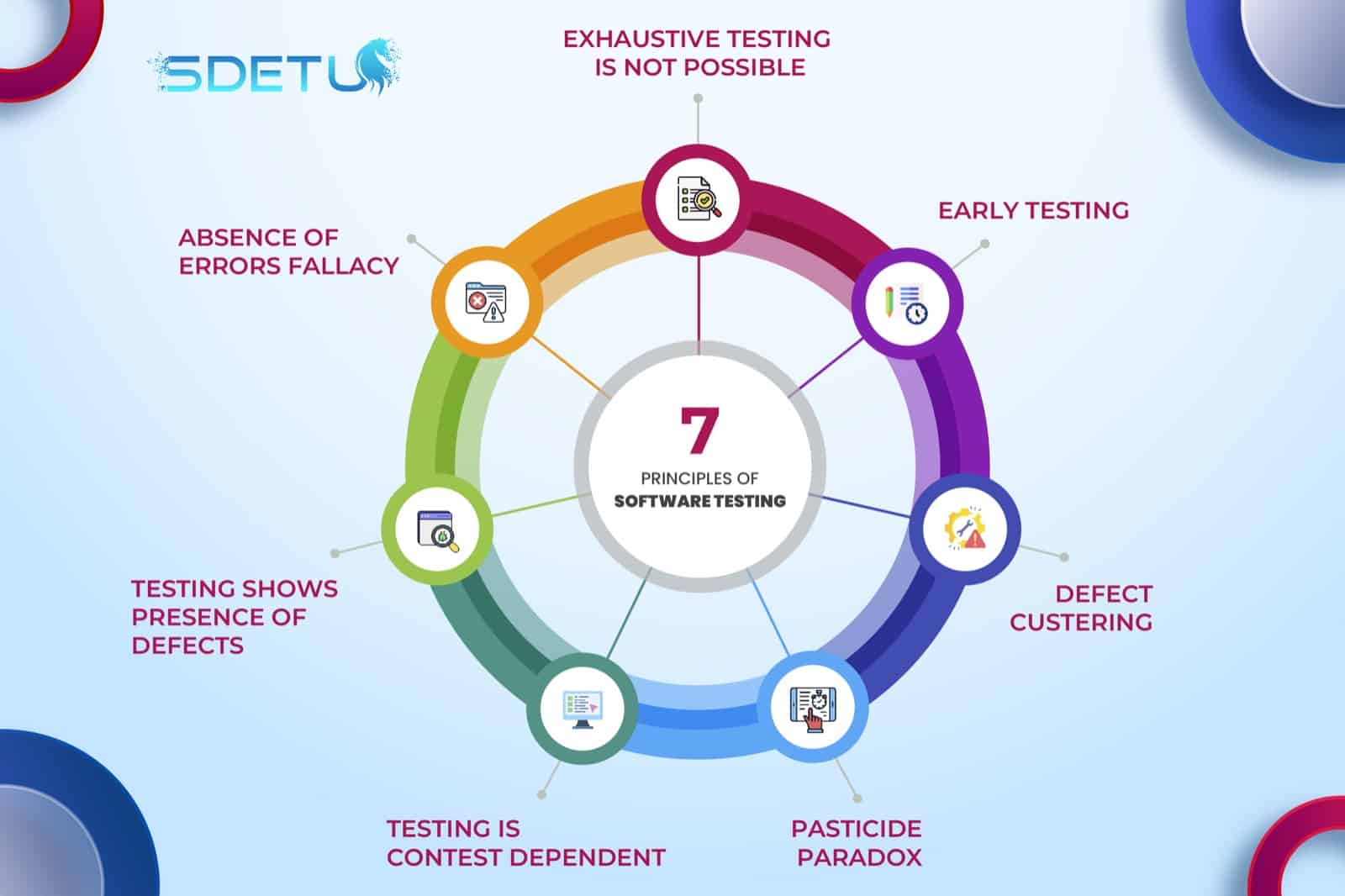Browser automation keeps changing and it’s important to keep up with these changes. This article focuses on a common issue developers/testers face – the Chromedriver mismatch, and how to update your WebdriverIO project to accommodate changes starting from Chrome 115.
Understanding the Chromedriver Mismatch Issue
When working with browser automation, one of the common issues developers/testers face is the mismatch between the Chrome browser and Chromedriver versions. This mismatch often leads to errors and can disrupt your automated testing process.
The Shift with Chrome 115+
Starting from Chrome 115, Google introduced a significant change that affects all future Chromedriver versions. They moved Chromedriver to a different platform – Chrome for Testing. This move was aimed at providing a more stable and reliable environment for automated testing. It reduces the chances of unexpected errors and inconsistencies, leading to more accurate and reliable test results.
However, it also meant that developers and testers needed to update their projects to avoid the Chromedriver mismatch issue.
Updating Your WebdriverIO Project
With the shift to Chrome for Testing, it’s essential to update your WebdriverIO projects to avoid the Chromedriver mismatch issue. The process is straightforward and systematic, ensuring a smooth transition to the new platform.
With the new WebdriverIO version v8.14.0, managing drivers has become much easier. You no longer have to worry about complex driver setups. This update takes care of all the hard work, making your testing process smoother and more efficient.
Learn More about these changes
For a more detailed understanding of these changes, we recommend watching this video. Stay tuned for more updates in the world of test automation!
In conclusion, updating your WebdriverIO project for Chrome 115+ is a beneficial move. It helps you avoid the Chromedriver mismatch issue, improves the stability of your testing environment, and simplifies your driver management process. It’s a step towards more efficient and hassle-free browser automation.
Thanks for reading. Let me know in the comments below if you have any questions.






